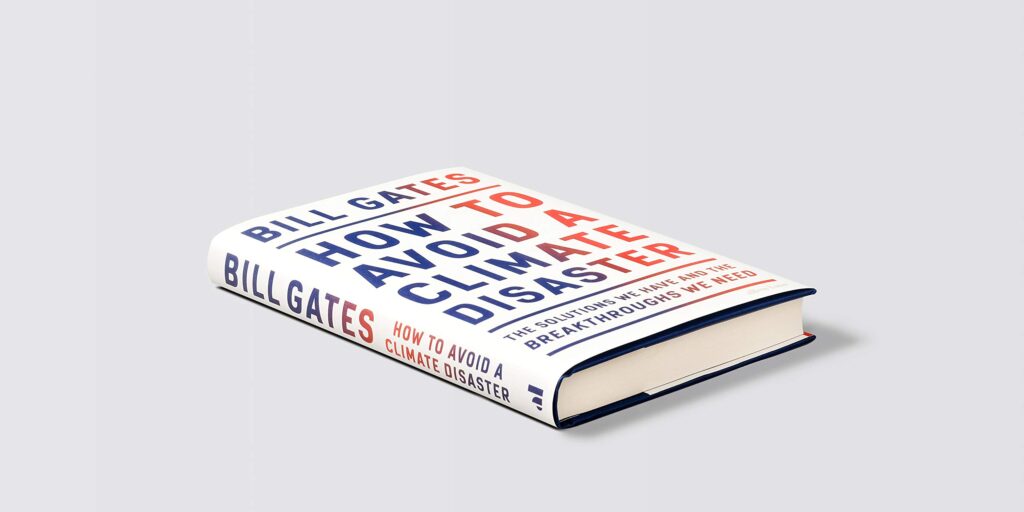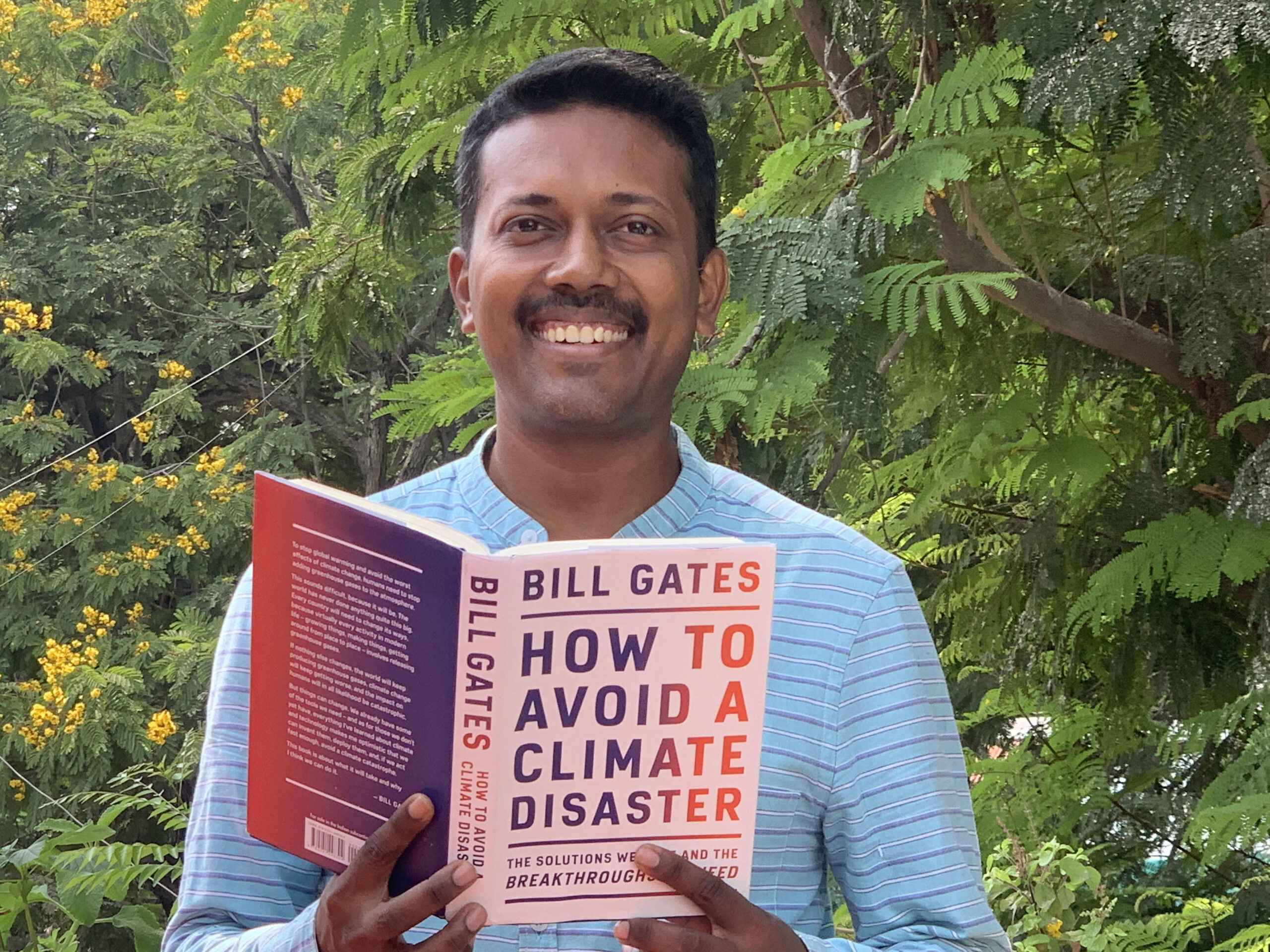How To Avoid a Climate Disaster – Bill Gates
How to avoid a Climate Disaster, a book by Bill Gates starts with an introduction where Bill talks about the number of carbon emissions we create every year. It is 51 Billion tonnes of carbon emission every year and we need to bring it down to zero. If we fail to do the same, it could have disastrous consequences causing the earth’s temperature to rise. He also compares these effects to the COVID19 pandemic.
This book serves as a guide to understanding carbon emissions and their effect on the environment. Bill says that reducing carbon emission is not going to be an easy task as carbon emission happens in almost everything we use. The cars we drive, the electricity we consume, the cement we use, and more.
Five questions to ask in every climate conversation
- Convert the percentage of emission to a percentage of 51 billion
- We need to find solutions for all five activities that emissions come from – a. Making things, b. Plugging in, c. growing things, d. getting around and e. keeping cool and warm.
- KW – Kilowatt = House, Gigawatt = Mid Size City, Hundreds of Gigawatt = Big, Rich country.
- Consider how much space you are going to need to produce carbon emissions-free resources
- Keep the green premiums (how much extra would it cost to go green) in mind and ask whether they are low enough for everyone to pay

How we plugin
Electricity is taken for granted in rich countries and carbon emissions from electricity amount to 27 percent of the 51 billion tons per year. Bill also talks about the different forms of producing electricity and storing the same in batteries is also discussed. We need to look for alternatives with research and breakthroughs. Solar, Wind, and Hydroelectric plants consume a lot of space. Transportation could also be a challenge and we do not get wind or sun throughout the year. He also adds a good bit of information that Corporate Income tax was introduced in the year 1913 in the United States.
How we grow things accounts for 19 [percent of 51 billion tons per year. The Population Bomb – American biologist Paul Ralph Ehrlich – predicted that in the 1970s and 1980s hundreds of millions of people will starve to death if we do not control the population. He also wrote that India could not feed 200 million more people by 1980. Bill says Ehrlich missed to take into account the power of innovation. As we know Paul’s predictions did not come true (thankfully).
Norman Borlaug, a Nobel prize-winning agronomist, and his inventions led to extensive increases in agricultural production- Green Revolution – More production for an area of land. The global population is headed toward 10 billion people by 2100. Bill also talks about cultivated meat – (cultivated in labs), Plant-based meats (not real meat) – all these would lead to less carbon footprint.
To grow crops, we need tons of nitrogen. Adding nitrogen is how you get corn to grow 10 feet high and produce enormous quantities of seed. Two German Chemists – Fritz Haber and Carl Bosch figured out how to make ammonia from nitrogen and hydrogen in a factory. The Haber Bosch process made it possible to create synthetic fertilizers which helped increase the amount of food that could be grown and the geographical locations it could be grown in.
Why can’t planes run on batteries?
Transportation accounts for 16 percent of 51 billion tons a year. The fuel the plane carries accounts for 20 to 40 percent of the total plane’s weight. We would need 35 times more batteries by weight to get the same amount of energy as jet fuel. A general rule of thumb – the bigger the vehicle, the farther you want to drive it without recharging, the harder it is to use electricity as your power source.
In the current scheme of things, you can only use batteries in planes if you want to move short distances. How we keep cool and stay warm accounts for 7 percent of 51 billion tonnes a year. The first known machine to produce cold air was invented by an American Physician John Gorrie in the 1840s. The international energy agency predicts that demand for cooling will triple by 2050. By 2050 there will be more than 5 billion A/C units in operation around the world.
Technology, Government Policies, and Market will determine the success of the green energy effort. The goal should be to decarbonize by 2050 and we should have a good line of sight by 2030.
Yet another learning from the book is that Innovation is not just about technology – It is also about the way we do things, the new business models we discover, the new approaches we take, and more. At Microsoft Bill created a group that does nothing but research and this is something he is very proud of. It is also okay to have an end result in mind when doing research. Bill says that some of the best inventions have emerged when scientists started their research with an end-use in mind.
The book ends with the list of things we can do as individuals to lower the greenhouse gas emission and to bring the 51 billion tonnes to zero. Use of electric cars, switching to LEDs, eating less meat, using renewable energy, taking part in public policy, and more. Thanks, Bill Gates for sharing your wisdom and educating us on the need to bring 51 billion tonnes of carbon emission to zero by 2050. You will be 95 years old then and the world will be grateful to you for not just creating more awareness, but taking concrete steps to achieve this mission. Thank you.




Leave a Reply